Data Loss Prevention (DLP) is one of the indispensable information security solutions in today’s digital age. With the increase in cyber attacks and data loss risks, DLP acts as a solid shield to protect sensitive information of businesses.
To better understand DLP and why it’s widely used, please read the AZCoin article.
What is Data Loss Prevention (DLP)?
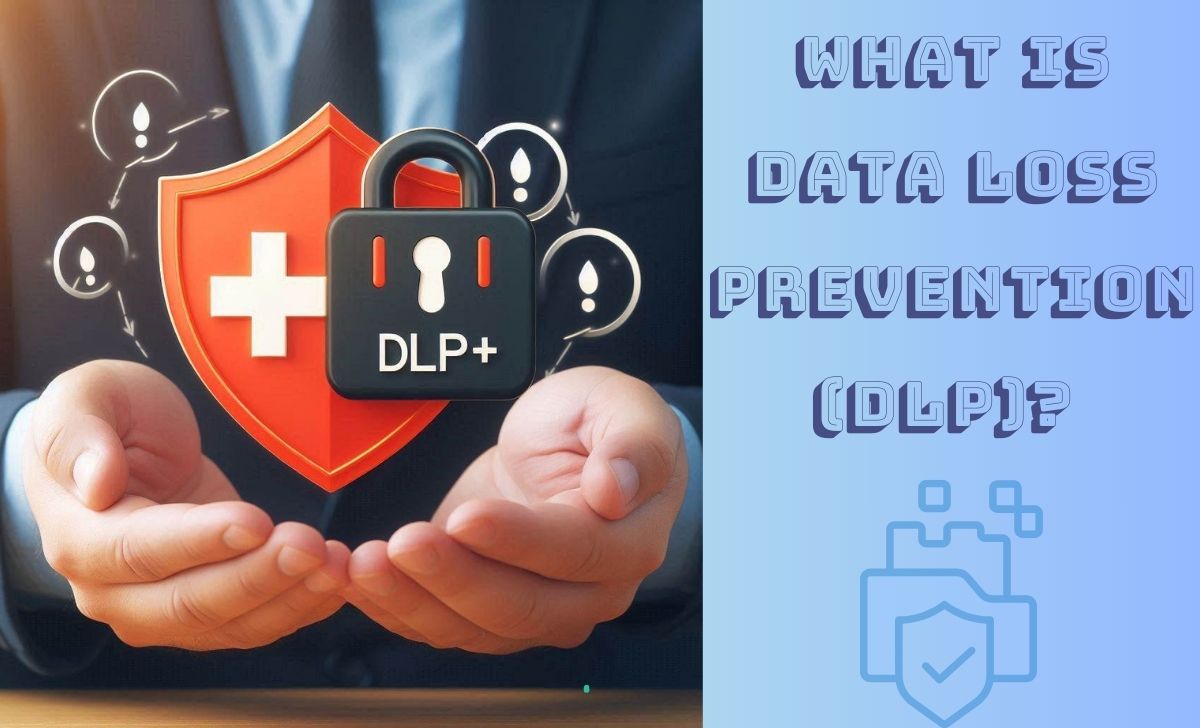
Data Loss Prevention (DLP) is a set of technologies, processes and policies designed to protect sensitive data from threats ranging from loss due to user error to targeted attacks.
DLP provides tools to monitor and control how data is used, stored and ensures that critical information is not disclosed through unauthorized channels.
How does DLP work?
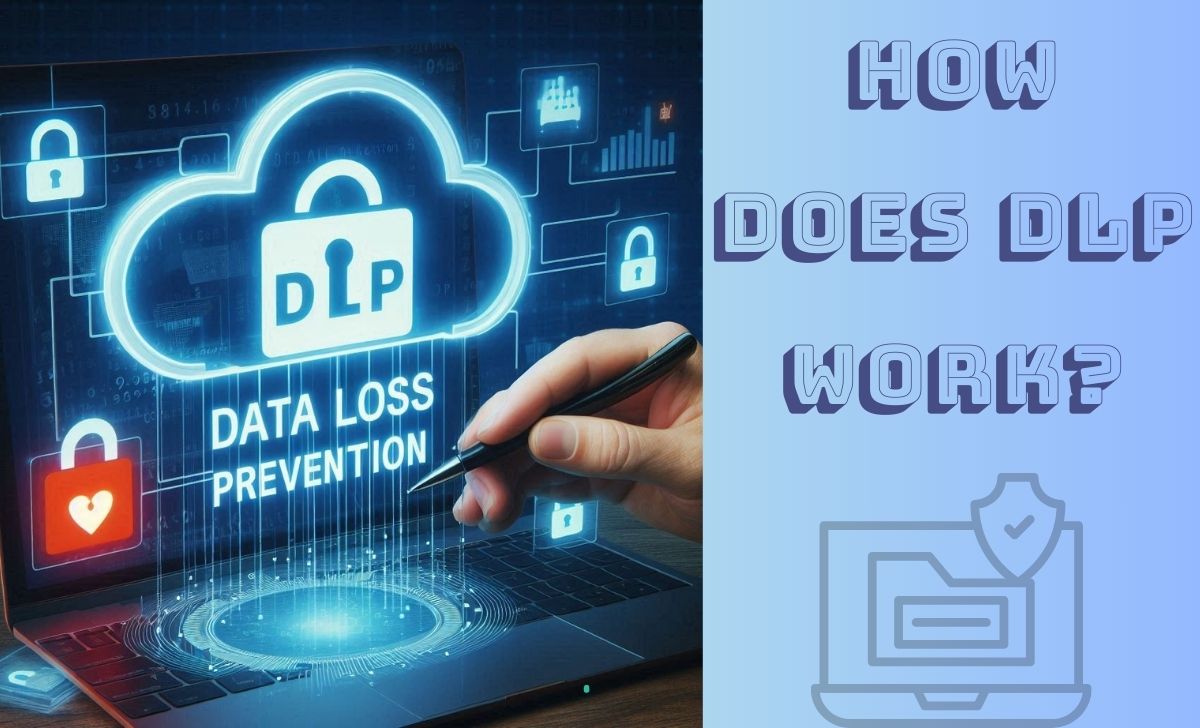
Data Loss Prevention works by implementing policies and control technologies to prevent data leaks. DLP systems monitor data as it moves across networks and devices, analyzing content and user behavior to detect anomalies or non-compliance.
When the system detects signs that sensitive data is being accessed, copied or sent out without authorization, it can block the action, notify administrators or log the incident for further investigation.
Benefits of Data Loss Prevention solution
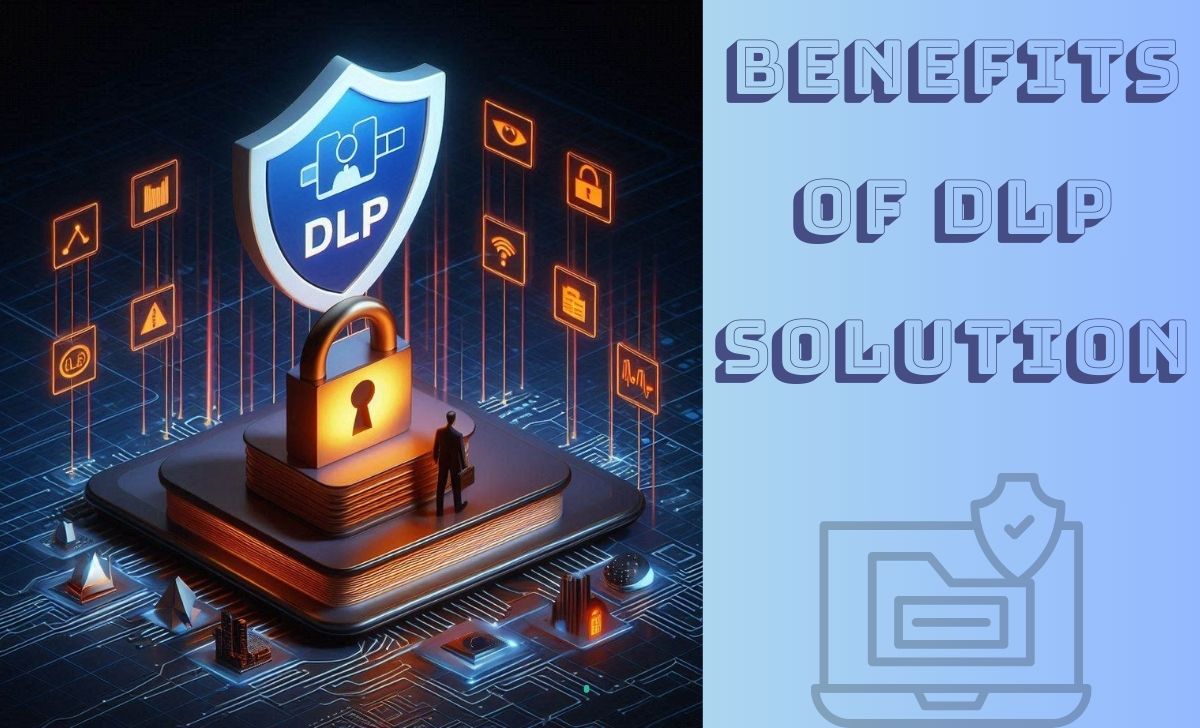
Data Loss Prevention solutions provide many benefits to organizations, including:
- Protecting sensitive data: DLP helps ensure that important information such as personal, financial and trade secrets are not leaked or accessed without authorization.
- Regulatory compliance: Many industries require organizations to comply with data privacy regulations. DLP helps organizations meet legal and regulatory requirements related to data protection.
- Data loss prevention: DLP helps detect and prevent data loss behaviors, such as sending sensitive data outside the organization via email or other means. This helps reduce the risk of cyberattacks and security incidents.
- Reputation protection: By preventing data leaks, DLP helps protect an organization’s reputation and maintain the trust of customers and partners. They can positively influence the long-term growth and success of an organization.
Popular types of DLP solutions today
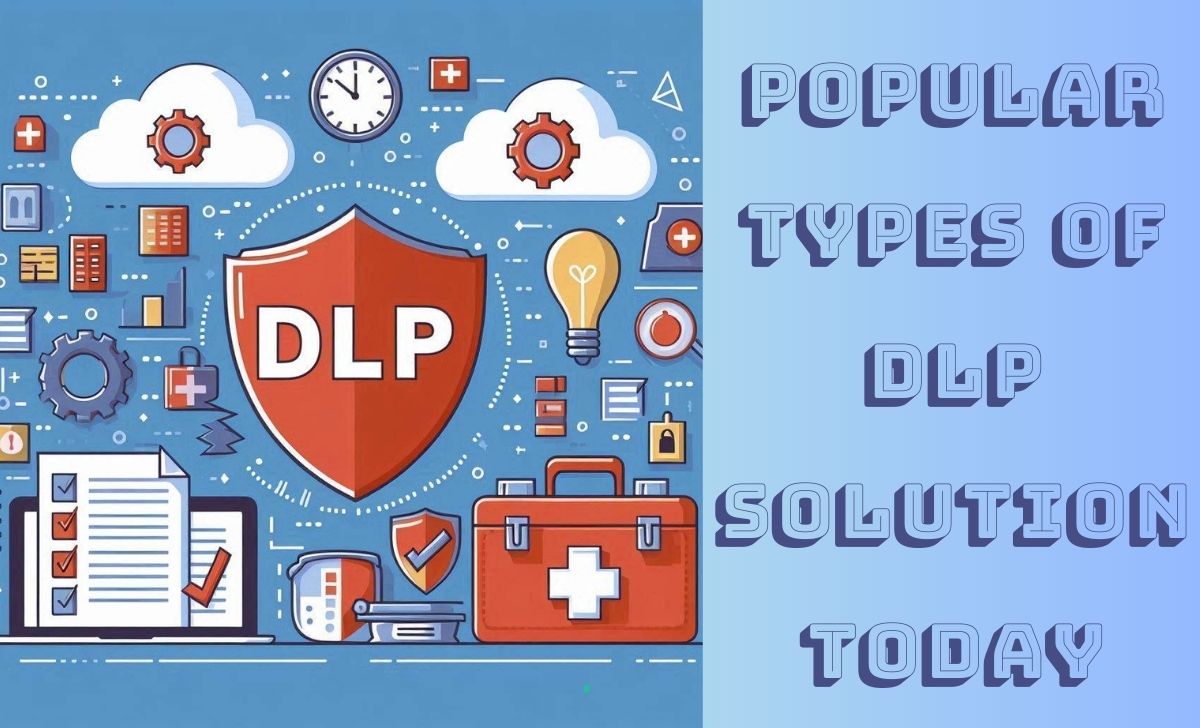
Common types of DLP solutions include:
- Cyberattacks: DLP protects data as it moves through internal networks or out to the Internet. DLP systems can detect and prevent data leaks across network protocols and online services.
- Malware: Detects and prevents malicious software that can steal or expose sensitive data. DLP integrates anti-malware solutions to protect systems from these threats.
- Insider risk: Refers to the risk of data loss caused by internal employees or users, which can be due to negligence or fraudulent behavior. DLP helps monitor and control data access to minimize insider risks.
- Unintended disclosure: Occurs when sensitive data is disclosed outside the organization due to error or unintentional behavior. DLP provides tools to detect and block unwanted data disclosures, such as sending unsecured emails or uploading to public cloud services.
- Phishing: DLP strategies can incorporate anti-phishing tools to detect and block phishing attempts that target users to collect sensitive data, such as login credentials or credit card numbers.
- Ransomware: Protect data from ransomware, in which data is encrypted and a ransom is demanded to decrypt it. DLP helps detect unusual activity and stop ransomware before it can cause harm.
Why is DLP so widely used?
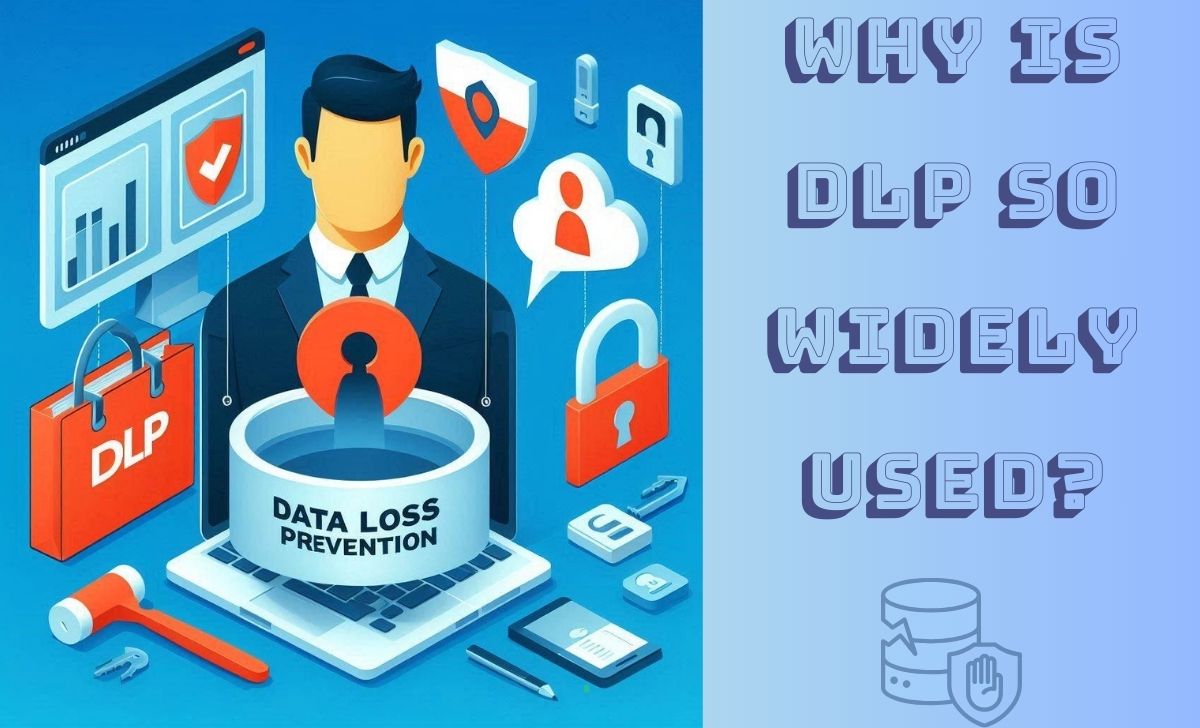
DLP is widely used for several important reasons. First, with the increase in security threats and rapid development of technology, protecting sensitive data has become a top priority for organizations. DLP provides a comprehensive solution to protect data from risks such as data loss, unauthorized access and cyber attacks.
Second, many organizations must comply with data security regulations and standards, such as GDPR, HIPAA and PCI-DSS. DLP helps organizations meet these requirements and avoid potential penalties and financial losses.
Finally, with organizations increasingly relying on data to run their businesses, data protection has become a critical factor in maintaining efficient and sustainable operations. DLP helps organizations mitigate risks and protect the value of their data, ultimately reducing the likelihood of a security breach.
Optimization measures in Data Loss Prevention
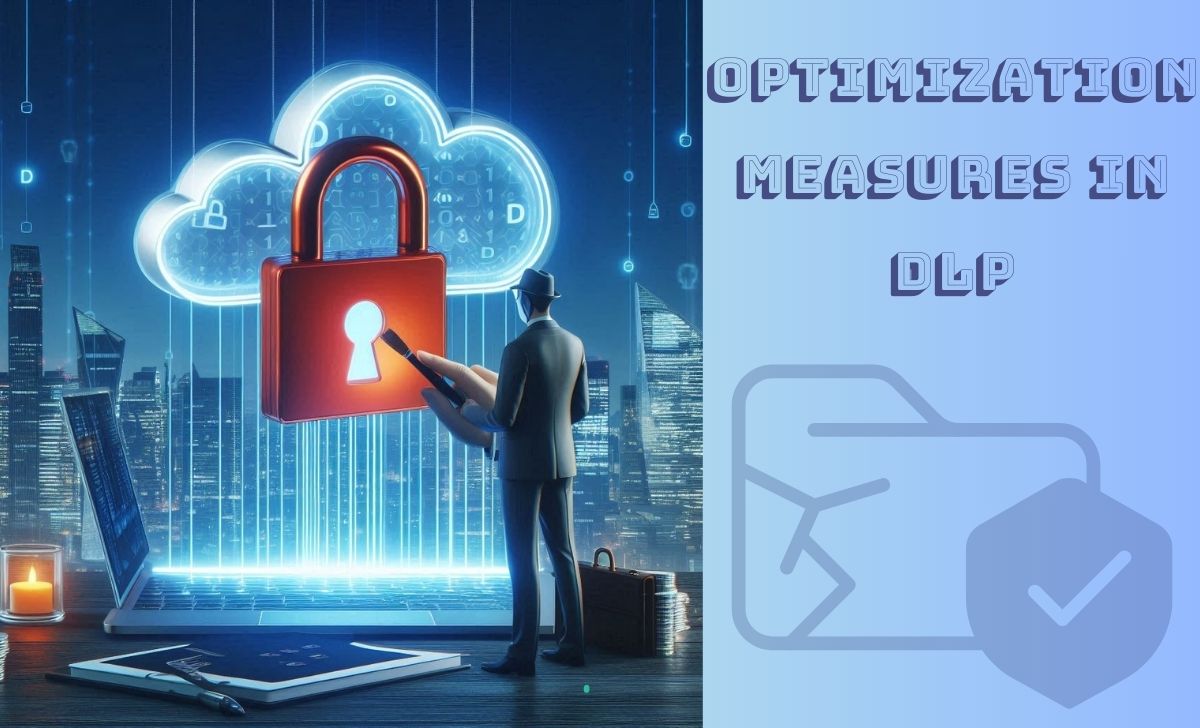
To optimize Data Loss Prevention solutions, organizations can take the following measures:
- Identify data: Identify sensitive data types and classify them by importance to apply appropriate protection policies. Data classification helps organizations know which data needs the most protection and focus on these areas.
- Establish security rules: Create clear security rules and policies to control how sensitive data is handled and transmitted. Security rules can include encrypting data, setting access rights and prohibiting unwanted behaviors such as copying data outside the organization.
- Use encryption: Encrypt sensitive data to ensure that it cannot be read or accessed without authorization if it’s leaked. Encryption helps protect data when it’s stored or transmitted over a network.
- Data monitoring: Continuously monitor and analyze data traffic to detect and respond quickly to suspicious behavior or policy violations. Behavioral analytics and machine learning can help improve detection and reduce false positives.
- Raise awareness: Educate employees on the importance of data security and the security rules in the organization. Employees should have a clear understanding of security threats and how to protect sensitive data.
- Evaluate: Periodically evaluate and update security policies and procedures to ensure they remain relevant to new threats and regulations. Updating policies helps organizations maintain effective data protection and respond promptly to changes in the security environment.
By incorporating these measures, organizations can effectively safeguard their sensitive information and maintain robust data security. For insights into how leading platforms handle data security, consider exploring AZcoin – best crypto exchange 2024.
Conclusion
Through the sharing in this article, we have learned about Data Loss Prevention (DLP), how it works and why DLP is widely used in organizations. Hopefully, the article has helped you better understand the importance of DLP in protecting sensitive data and optimal measures to deploy this solution effectively.

I’m Jessi Lee, currently living in Singapore. I am currently working as a trader for AZCoin company, with 5 years of experience in the cryptocurrency market, I hope to bring you useful information and knowledge about virtual currency investment.
Email: [email protected]











